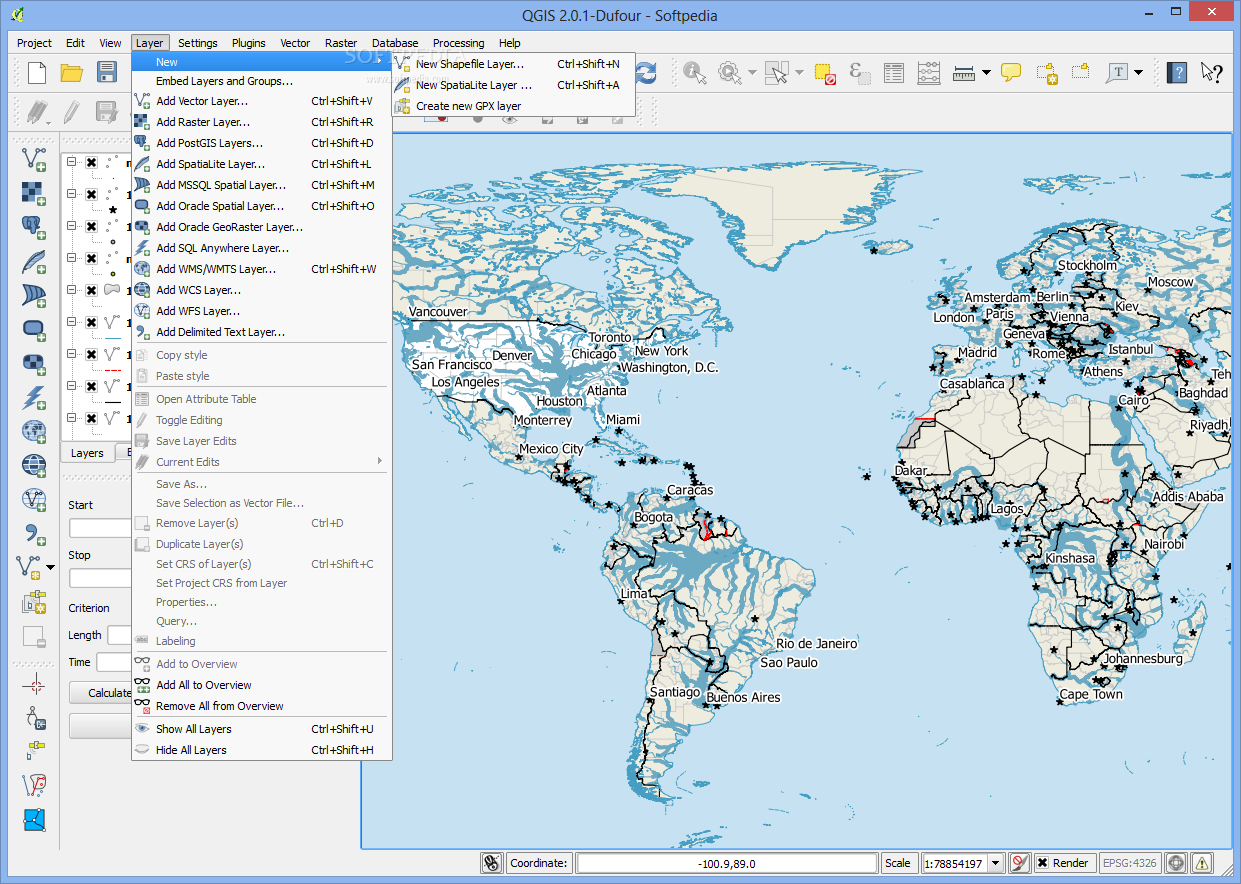
When you create a mosaic dataset from netCDF, GRIB, or HDF files, the multidimensional information is built into the mosaic dataset, and you can view the information in the dataset properties. Predict Using Trend Raster (Spatial Analyst) (Image Analyst)- Computes a forecasted multidimensional raster using the output trend raster from the Generate Raster Tool.īuild Multidimensional Info (2.5)- Generates multidimensional metadata in the mosaic dataset, including information regarding variables and dimensions. Generate Trend Raster (Spatial Analyst) (Image Analyst)- Estimates the trend for each slice in a multidimensional raster to generate a multidimensional raster. An anomaly is the deviation of an observation from its standard or mean value Generate Multidimensional Anomaly (Spatial Analyst)(Image Analyst)- Computes the anomaly for each slice in a multidimensional raster to generate a multidimensional raster. This tool produces a multidimensional raster dataset in Cloud Raster Format (CRF).įind Argument Statistics (Spatial Analyst) (Image Analyst)- Extracts a dimension or band index at which a given statistics for each pixel in a multidimensional or multiband raster. Choose an interval using a keyword, a value, or a range of values
BEST RASTER FORMAT FOR QGIS PRO
For example, NASA’s NLDAS dataset requires a GRIB TAB file to interpret variable code 153.Īnalysis Tools (Examples to Follow) once access to ArcGIS Pro 2.5Īggregate Multidimensional Raster(Spatial Analyst) (Image Analyst)- Generates a multidimensional raster dataset by aggregating existing multidimensional raster variables along a specific dimension.

TAB extension and contains the parameter code, name, center, subcenter, and the table version that produce the data.

The text file-normally provided by the organization who produced the data-has a. A GRIB TAB file with the extended metadata information is required to serve as an interpreter for the code. Some GRIB products store variables using a parameter code instead of an actual name. The cell size is estimated, but users can change this in addition to setting an interpolation method. When adding to a mosaic dataset, the data is automatically converted to square pixels for display purposes only. Some netCDF or HDF data stores its geolocation as irregularly spaced arrays. If you want to serve scientific data and want to minimize the number of services, you can add multiple variables to a mosaic and use the variable selector template to access each variable.If your application involves computing from multiple variables using a raster function template, you need to add all the variables used by the template in one mosaic.


You can create a mosaic dataset by adding rasters using HDF, netCDF, or GRIB raster file types which will import dimensional data and variable information into the mosaic dataset. There are two ways to make a mosaic dataset that is multidimensional-aware. GIS workflows have typically dealt only with two-dimensional data however with the addition of multidimensional tools in many GIS programs, such as ArcGIS or QGIS, there is now support for these multidimensional formats which allows for scientific data management and analysis. You can think of this as the three dimensions of a cube with x, y, and z coordinates or as four dimensions adding in a temporal component with x, y, z, and t coordinates. A Multidimensional Raster can have spatial, temporal, and vertical dimensions. These file formats are optimized for storing multidimensional scientific data and the associated metadata. NASA distributes scientific data in a variety of file formats, including Network Common Data Form (netCDF), Hierarchical Data Format (HDF), and Gridded Binary (GRIB). Working with Multi-Dimensional Data in a GIS


 0 kommentar(er)
0 kommentar(er)
